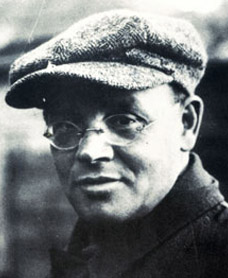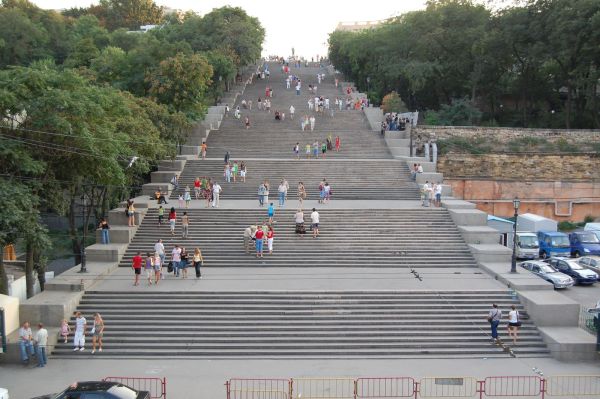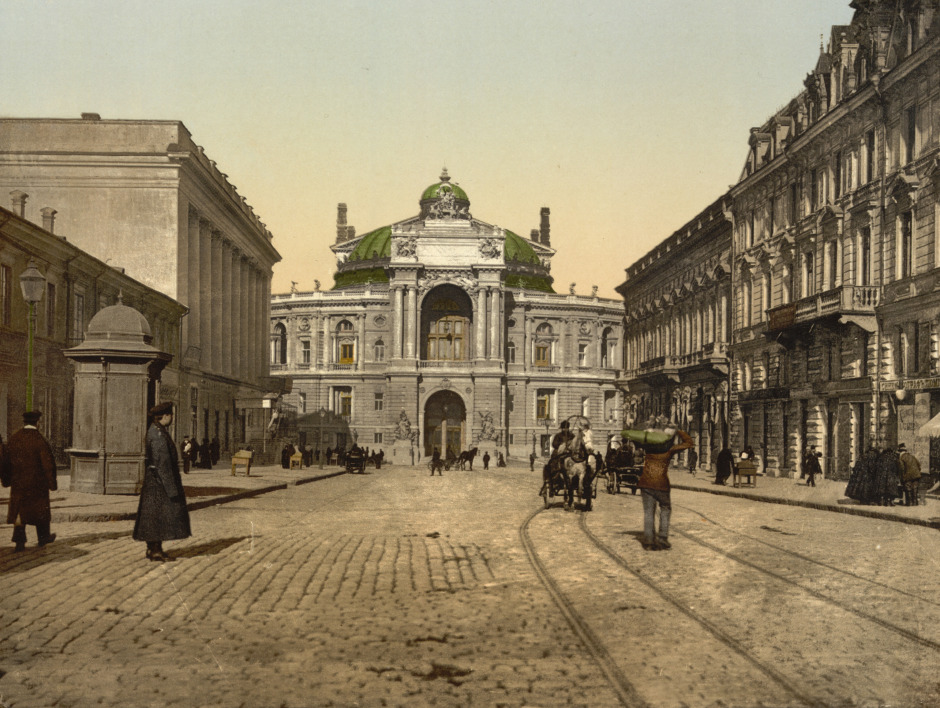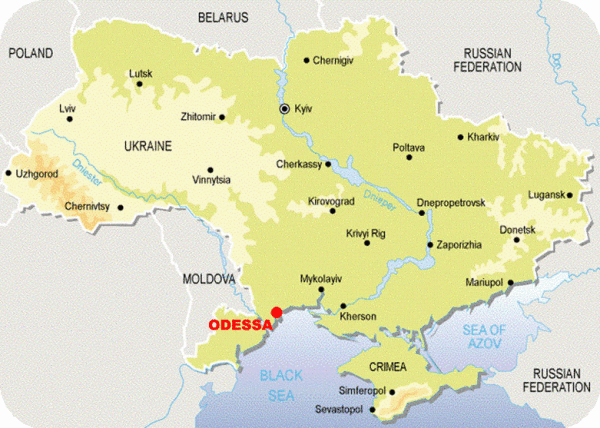Odessa, the Ukrainian port on the northwestern shore of the Black Sea, lives on its reputation as an infamous city. A den of iniquity in the 19th and early 20th centuries, it attracted adventurers seeking wealth and pleasures.
Much like storied Shanghai and New Orleans, it was a haven for criminals, smugglers, pimps and prostitutes. But above all, Odessa, world renowned for its Potemkin Steps, was perceived as a metropolis “overrun and governed by Jewish gangsters and swindlers,” writes Jarrod Tanny in City of Rogues and Schnorrers: Russia’s Jews and the Myth of Old Odessa, published by Indiana University Press.
“Old Odessa was thus mythologized as a Jewish city of sin, but the city’s unique Jewishness does not end with its crime and debauchery, as Odessa is also depicted as a land of wit and irony, where thieves and lowlifes induced laughter through their crooked and dissolute behavior,” says Tanny, a professor of Jewish history at the University of North Carolina.
Odessa’s swashbuckling image, popularized in part by the Jewish novelist Isaac Babel, was perpetuated through literature, newspaper stories, films, jokes, comedy routines and music. Odessa challenged Jewish tradition as well as czarist autocracy, and during the Soviet period, it confounded communism.
Odessa, whose early history is connected with Russia’s southward expansion, had developed a reputation for notoriety even before the arrival of masses of Jews in the mid-19th century. Founded by ethnic Russians and immigrants from Italy, Greece, Bulgaria and France, Odessa became Russia’s most important southern port. As Tanny observes, “Seaports are, by their nature, cosmopolitan cities, attracting an ethnically diverse population …”

Starting from the late 18th century, Greeks became the main ethnic group group managing Odessa’s economic lifeline — the international grain trade. After the mid-19th century, Jews rose to prominence, comprising one-third of its population by the 20th century.
Jews and Christians mingled easily, but they lived in separate neighborhoods. As Tanny points out, pogroms broke out throughout the 19th century, but the pogrom of 1905 eclipsed all the earlier ones, claiming the lives of more than 500 Jews. These outbursts of violence, he notes, were unleashed by the forces of modernization rather than by medieval antisemitism.
Tanny suggests that Jews were involved in criminal activity, from counterfeiting to prostitution, from Odessa’s foundation. Some of the prostitutes migrated to work in brothels in Constantinople, New York, Rio and Buenos Aires.
The Bolsheviks, having seized power in 1917, promised to put an end to crime and frivolity in Odessa. “For Odessa’s Jews, the revolution brought about important changes, including significant opportunities for political participation, cultural expression and social mobility,” he writes.
The Romanian occupation, lasting from 1941 to 1944, proved disastrous for its Jewish inhabitants. Jews were placed in ghettos and then massacred. The Holocaust devastated the Jewish community.

The butt of “mild discrimination” by the Soviet authorities during the postwar era, the Jews of Odessa never really recovered from the trauma of the war. “The Jew did not fit into the Soviet scheme of things,” Tanny says. Emigration effectively emasculated the Jewish community.
Tanny tells this story lucidly and authoritatively.


